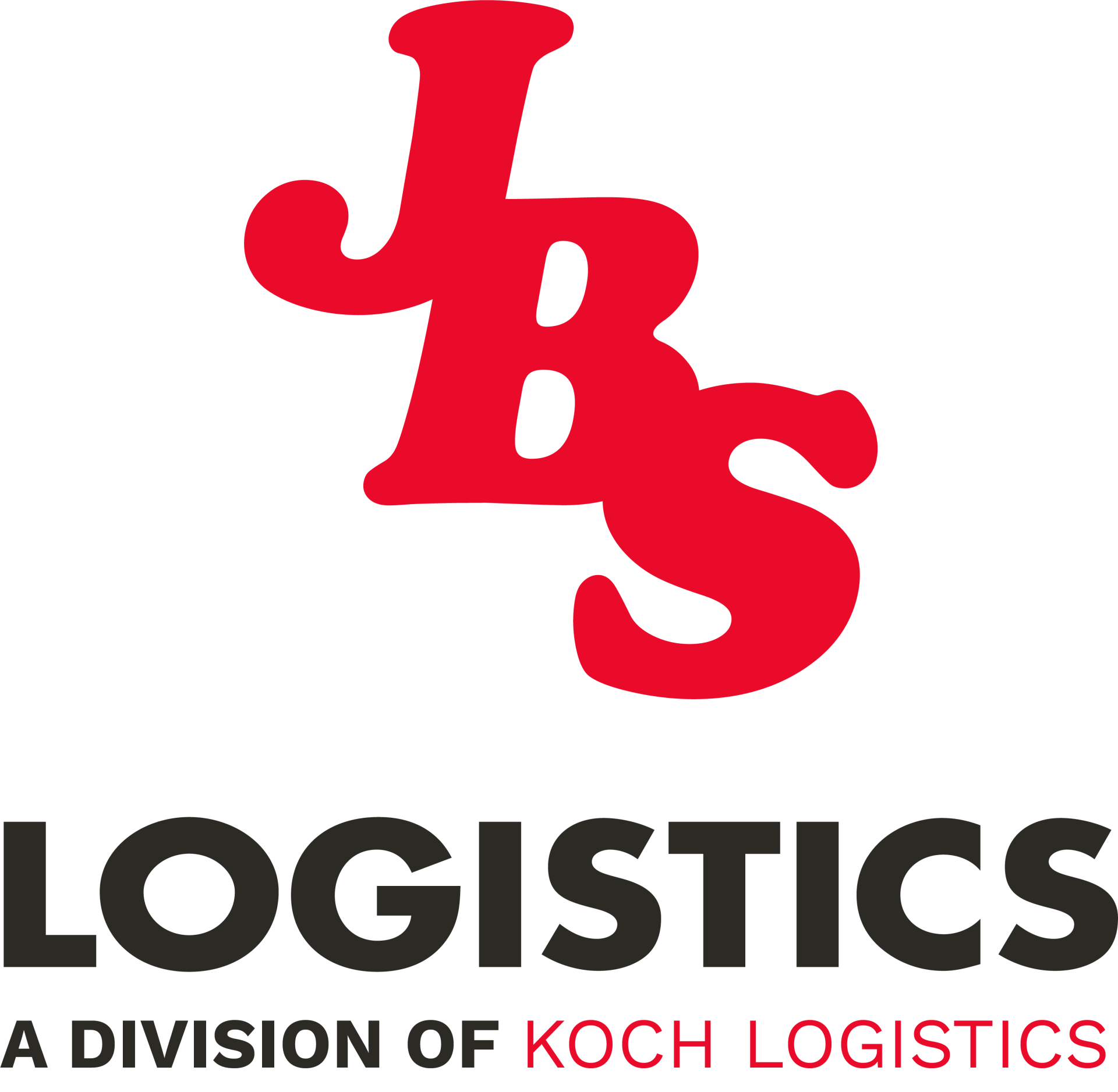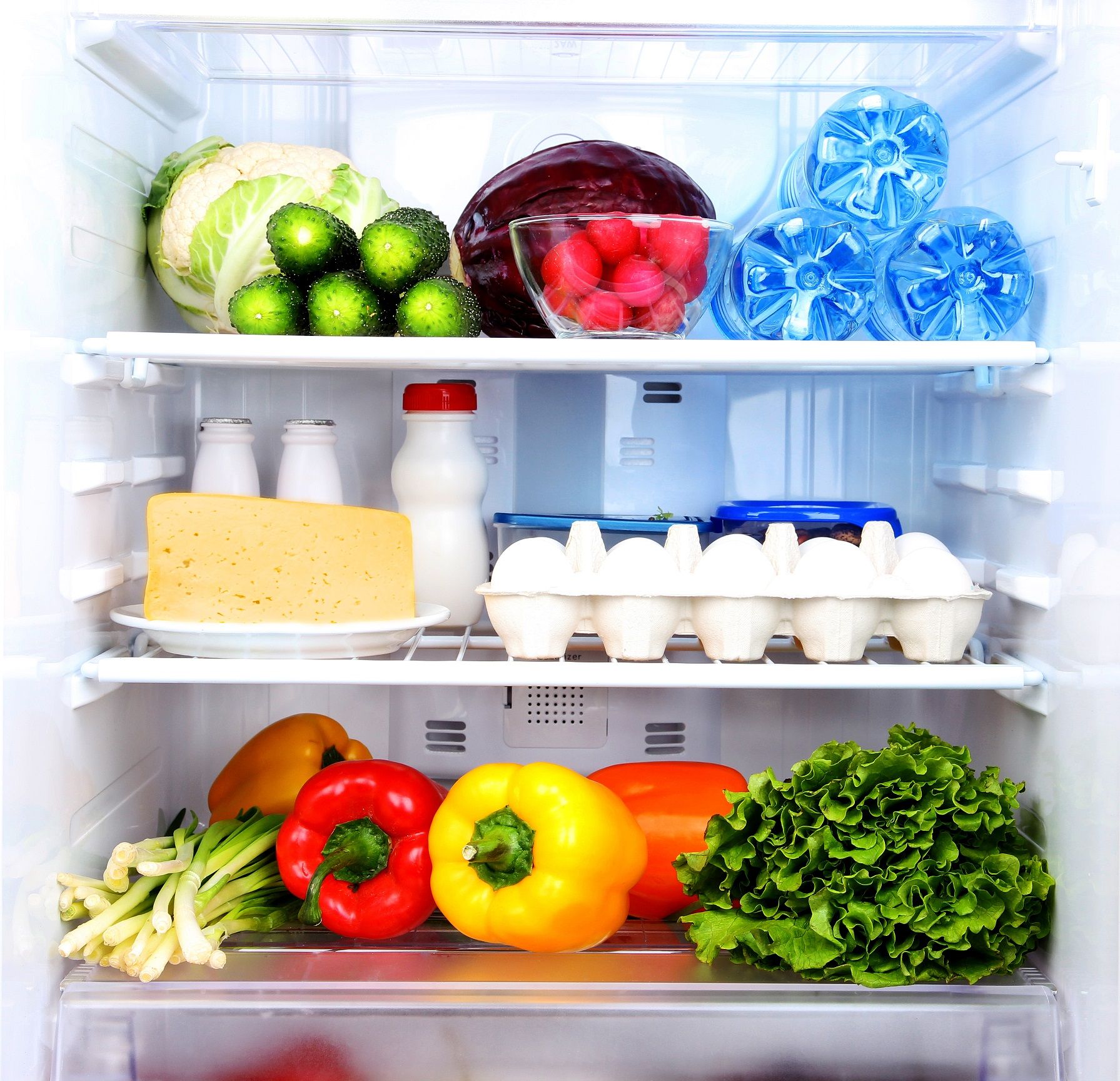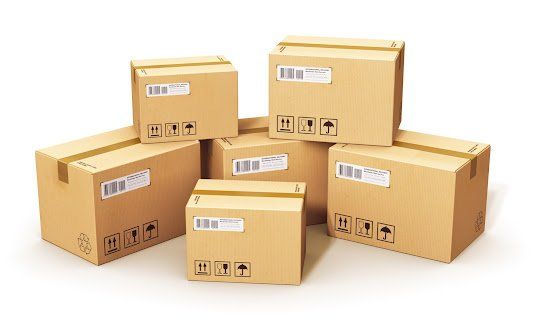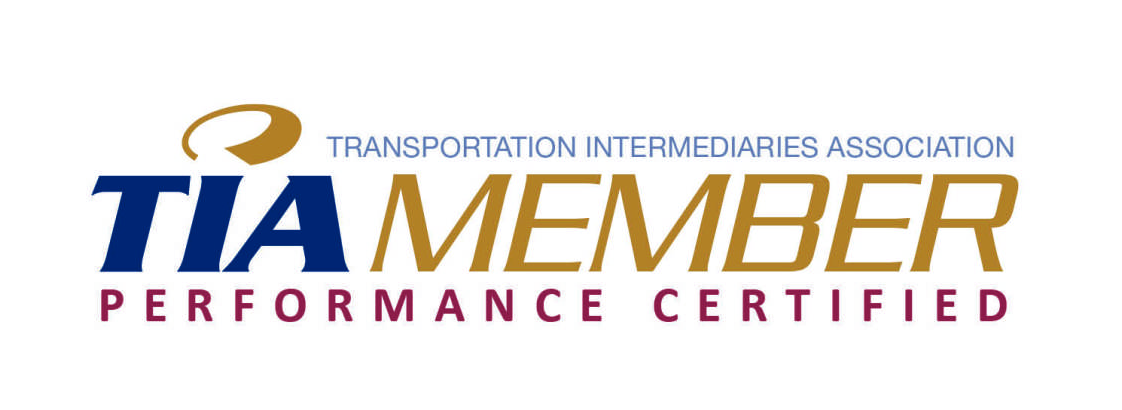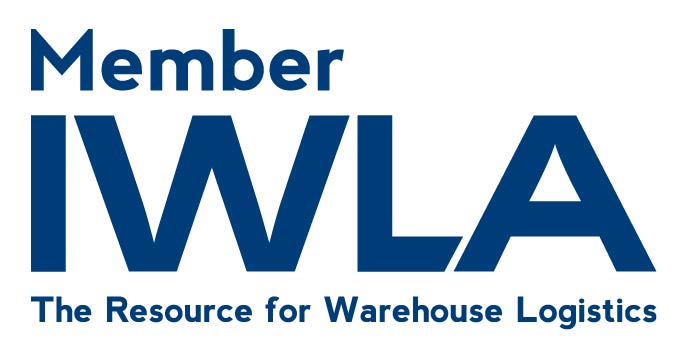JBS LOGISTICS HAS RE-BRANDED AS
KOCH LOGISTICS

This site will re-direct to
www.kochlogistics.com after Jan 1, 2025

Differences Between Warehousing and Cross-Docking
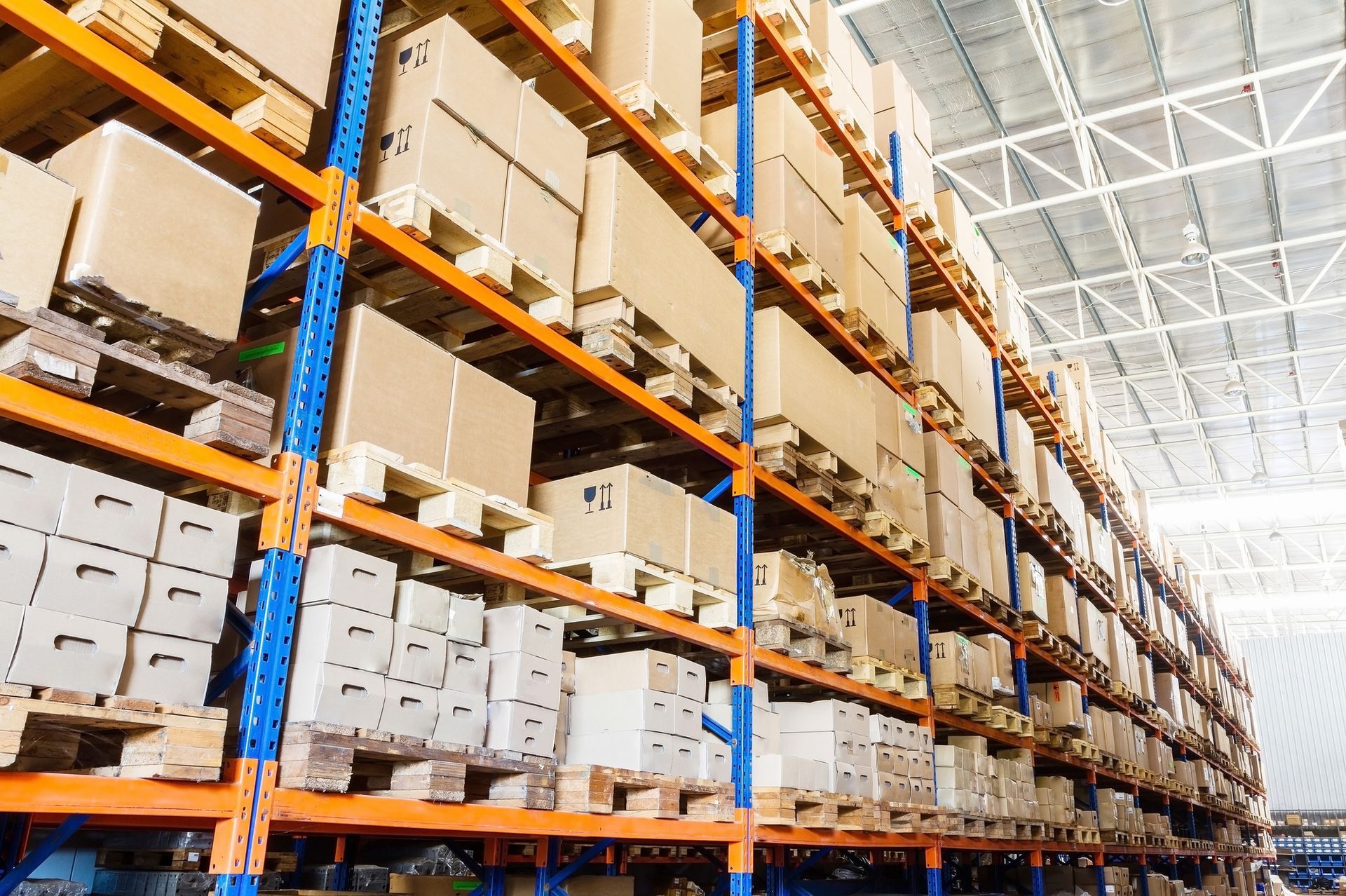
If you are in a business that involves logistics, you understand how critical it is to ensure a smooth and cost-effective movement of goods until the products reach the intended customers. A significant part of this process is to choose a suitable picking method.
You have two main logistic strategies to choose from: warehousing and cross-docking. Unfortunately, the terms are frequently used interchangeably, which makes it hard for some business owners to understand the differences and select the most suitable option. Discover the differences between warehousing and cross-docking to help you make a sound choice.
What Is Warehousing?
As the name suggests, warehousing involves a warehouse where business owners store products before they move the items to another location. There are two primary types of warehousing: production and inventory warehousing.
Production warehousing is handy for manufacturing companies to offer storage space for raw materials as they wait for the next production stage. For example, if a company manufactures machinery, the production company can ship different parts from various plants and store the pieces in the warehouse. With this, the production company won't have to worry about missing particular items during manufacture.
On the other hand, inventory warehousing helps store stock for retail and wholesale stores. For instance, if you run a wholesale company, you may need a warehouse to store all your inventory and remove the items little by little when customers make orders. If you own an online business, you can rent a warehouse storage space and ship your items directly from the storage facility to the customers.
What Are the Benefits and Drawbacks of Warehousing?
First, warehousing boosts efficiency and productivity by increasing the accessibility of goods. Business owners can reach out for an item when needed, which saves time and money. Additionally, warehouses are safe from damage and theft. Most warehouses feature security cameras and guards to watch over the stored goods to give you peace of mind.
If you have run out of storage space in your home or shop, a warehouse helps you to stay organized, and the best part is that you can lease a storage space that suits your exact sizing needs.
However, warehousing has some drawbacks, the main one being high cost. First, you must cater to the cost of leasing the storage space, then pay for labor and warehouse maintenance, which can be costly, especially for startups. Furthermore, warehouses are only convenient if your business or customers are close to the warehouse. Otherwise, you may experience a hard time accessing the products when you need to.
What Is Cross-Docking?
Unlike warehousing, cross-docking allows the supply of products directly from the supplier to the customers. This strategy means that you need minimal to no storage space to ensure whatever you sell gets to the intended recipient.
Instead, cross-docking involves inbound and outbound docks. Ideally, your products will move from the inbound dock via a trailer or truck to an outbound dock where your retailers or customers are.
What Are the Upsides and Downsides of Cross-Docking?
The most significant advantage of cross-docking is that it is cost-saving. Since you don't need to lease storage space or pay for space maintenance, you will undoubtedly spend less to get products to your customers than you would with warehousing.
Your goods are also at low risk of damage. The items move directly from one dock to the next, and this speed means lower chances of products perishing in storage. Additionally, the logistic strategy is a time-saver, as there is no need to worry about packaging, storage, and other time-consuming processes before your items get to the customers.
The main downside, however, is that cross-docking requires a lot of attention to detail. But, considering the numerous perks of this strategy, cross-docking is worthwhile if you work with a reliable company.
You can trust us at JBS Logistics for all your warehousing and cross-docking needs. We offer different plans to suit various companies and can help you choose the best strategy based on your needs and budget. Contact us for a consultation.
Main Number: 800-877-3953 | Customer Service: 630-672-7546 | Accounts Payable: 630-672-7542
If are a new carrier and wish to register with us contact us via phone at 1-800-877-3953
2043 Corporate Lane, Naperville, Illinois 60563
Phone Number: 800-877-3953
Customer Service: 630-672-7546
Accounts Payable:
630-672-7542
Headquarters: 2043 Corporate Lane Naperville, Illinois 60563
Content, including images, displayed on this website is protected by copyright laws. Downloading, republication, retransmission or reproduction of content on this website is strictly prohibited.
Website Terms & Conditions •
Privacy Policy
